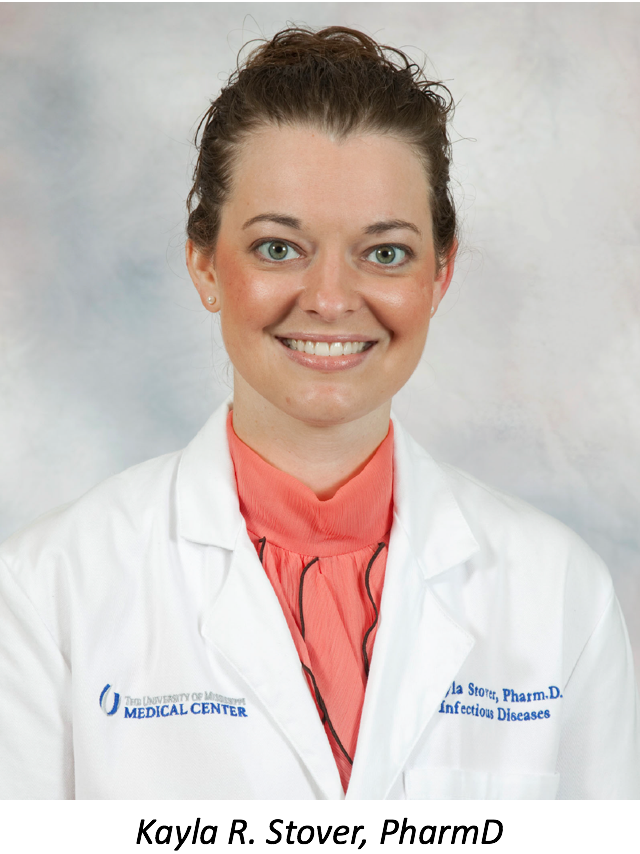Dalbavancin For Treatment of MRSA Pneumonia
Researchers from the University of Mississippi report a case of an HIV-positive man with pneumonia due to MRSA who was treated with dalbavancin.

In an article published in the Journal of Pharmacology and Pharmacotherapeutics, Katie E. Barber, PharmD, from the University of Mississippi, Jackson, and colleagues report a case of a HIV-positive 28-year-old man with pneumonia due to methicillin-resistant Staphylococcus aureus (MRSA) who was treated with dalbavancin.
“This case is unique because it is the first reported use of dalbavancin for MRSA pneumonia,” the authors write.
Although pneumonia is one of the most common infectious diseases, MRSA pneumonia is uncommon. Nevertheless, clinical practice guidelines by the Infectious Diseases Society of America and the American Thoracic Society recommend that clinicians provide antibiotic coverage for MRSA in patients with health care-associated and ventilator-associated pneumonia.
According to the authors, dalbavancin is a lipoglycopeptide antibiotic used for acute bacterial skin and skin structure infections. However, its potent MRSA activity could make it an option for treatment of other infections, they say.
In an interview with Contagion®, the study’s corresponding author, Kayla R. Stover, PharmD, also from the University of Mississippi, Jackson, emphasized that this case involved “a very complicated patient who had a history of previous and recent hospitalization and medication non-compliance.”
According to Dr. Stover, the man was suspected to have Pneumocystis pneumonia (PCP) or health care-associated pneumonia, and received treatment for PCP as well as a standard therapy (vancomycin) after MRSA was identified in his bronchoalveolar lavage.
However, sub-therapeutic concentrations complicated the decision on when to end therapy, she noted. “At discharge (day 12), because of sub-therapeutic vancomycin concentrations and his history of non-compliance, the patient received one dose of dalbavancin (1,500 mg) to complete his therapy.”
He was readmitted 11 days later with weakness, shortness of breath, and nausea, she said. “Sputum cultures revealed no evidence of MRSA, so it was thought that his symptoms were due to another cause (possibly PCP). Unfortunately, he succumbed after cardiac arrest led to multi-organ failure.”
Although dalbavancin has been used off-label clinically, the medical literature lacks case reports describing its use in infections outside its current indications.
Therefore, Dr. Stover and colleagues decided to report this case because it illustrates an as-yet unreported use of dalbavancin for pneumonia. “Despite the fact that our patient eventually succumbed after complications from a cardiac arrest, we felt that it was important to tell others about our experience, should they face the same situation someday,” Dr. Stover stressed.
She also noted that practitioners frequently face difficult decisions regarding treatment for patients with either resistant disease or complications that make the standard therapies less attractive as therapeutic options. It would, therefore, be helpful to see a clinical trial evaluating long-acting lipoglycopeptides such as dalbavancin for alternative indications, she added.
Although further studies will be needed to evaluate its use of and optimal dosing for MRSA pneumonia, the authors say that dalbavancin may at least offer clinicians a treatment option when managing difficult cases with few other options.
“Hopefully, this case report will provide information to practitioners who face a similar decision regarding MRSA pneumonia in complicated patients,” Dr. Stover concluded.
Dr. Parry graduated from the University of Liverpool, England in 1997 and is a board-certified veterinary pathologist. After 13 years working in academia, she founded Midwest Veterinary Pathology, LLC where she now works as a private consultant. She is passionate about veterinary education and serves on the Indiana Veterinary Medical Association’s Continuing Education Committee. She regularly writes continuing education articles for veterinary organizations and journals, and has also served on the American College of Veterinary Pathologists’ Examination Committee and Education Committee.



















